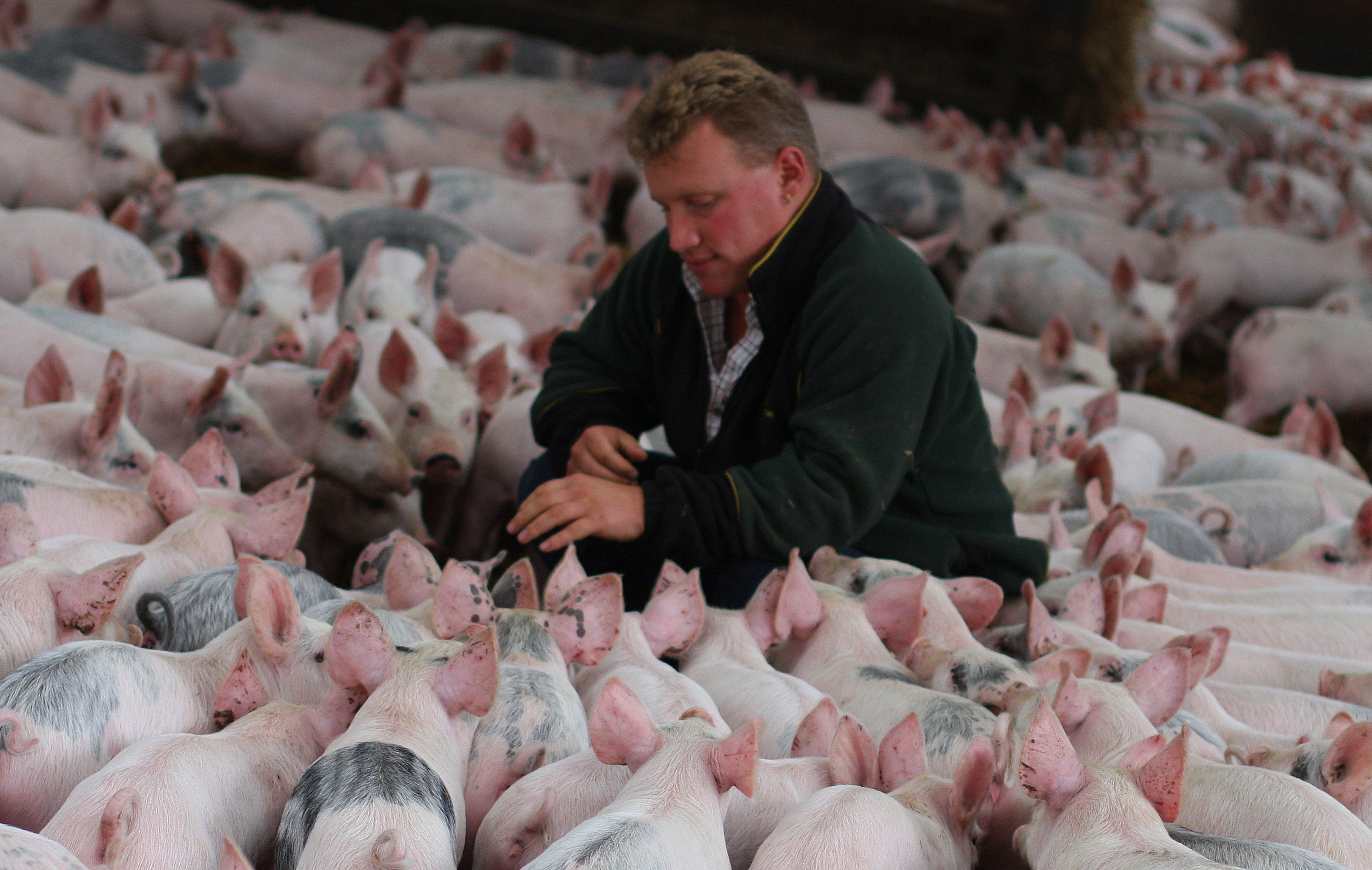3. Relationships among frozen-thawed semen fertility, physical parameters, certain routine sperm characteristics and testosterone in breeding Murrah buffalo (Bubalus bubalis) bulls - A. K. Singh, P. S. Brar and R. S. Cheema
Veterinary World, 7(9): 644-651
doi: 10.14202/vetworld.2014.644-651
A. K. Singh: Department of Veterinary Gynaecology and Obstetrics, Guru Angad Dev Veterinary and Animal Sciences University, Ludhiana - 141 004, Punjab, India; assengar2001@yahoo.co.in
P. S. Brar: Department of Veterinary Gynaecology and Obstetrics, Guru Angad Dev Veterinary and Animal Sciences University, Ludhiana - 141 004, Punjab, India; PSB: parkashbrar@gmail.com
R. S. Cheema; Department of Veterinary Gynaecology and Obstetrics, Guru Angad Dev Veterinary and Animal Sciences University, Ludhiana - 141 004, Punjab, India; ranjna.cheema@gmail.com
Received: 23-04-2014, Revised: 07-07-2014, Accepted: 12-07-2014, Published online: 06-09-2014
Corresponding author: A. K. Singh, e-mail: assengar2001@yahoo.co.in
Aim: The present study was carried out to examine the relationships among frozen-thawed semen fertility, physical parameters, seminal quality, and testosterone concentration in Murrah buffalo bulls.
Materials and Methods: A total of 30 breeding Murrah buffalo bulls (either progeny tested or under progeny testing program) were randomly selected from two government bull farms in Punjab. None of the bulls selected for this study had any preceding physical abnormality. A field fertility trial was conducted to determine the first service conception rate (FSCR). The number of females inseminated per bull semen was 10. All the bulls were inspected for structural soundness, measurement of scrotal circumference, testicular biometry, and internal pelvic area (IPA). Frozen-thawed semen was evaluated for total motility, progressive motility, viability, concentration, abnormality, and hypo-osmotic swelling test (HOST). Testosterone was estimated in blood plasma, seminal plasma as well as frozen-thawed semen extracts for establishing relationship.
Results: The FSCR was 48% in the bulls having a scrotal circumference of ≥44 cm, although, there was no significant correlation between FSCR and scrotal circumference. Similarly, no consistent relationship existed between sperm concentration and scrotal circumference. A positive correlation was observed between IPA and FSCR (r=0.294). Of the six post-thaw seminal components (total motility, progressive motility, viability, HOST (%), total abnormality and concentration) only total motility had a high significant (p<0.01) correlation with FSCR (r=0.694). Varied correlations existed between other seminal parameters and fertility. Using a simple regression analysis, the post-thaw motility, IPA, prepuce length and testosterone (independent variables) combined to explain approximately 62% of the variation in the FSCR (dependent variable).
Conclusion: The present study indicated that despite low to high correlations between seminal characteristics, physical parameters, fertility, and testosterone; the observations support the importance of these components and their function in maintaining semen quality and subsequent fertility.
Keywords: buffalo spermatozoa, fertility, pelvic area, scrotal circumference, testosterone.

